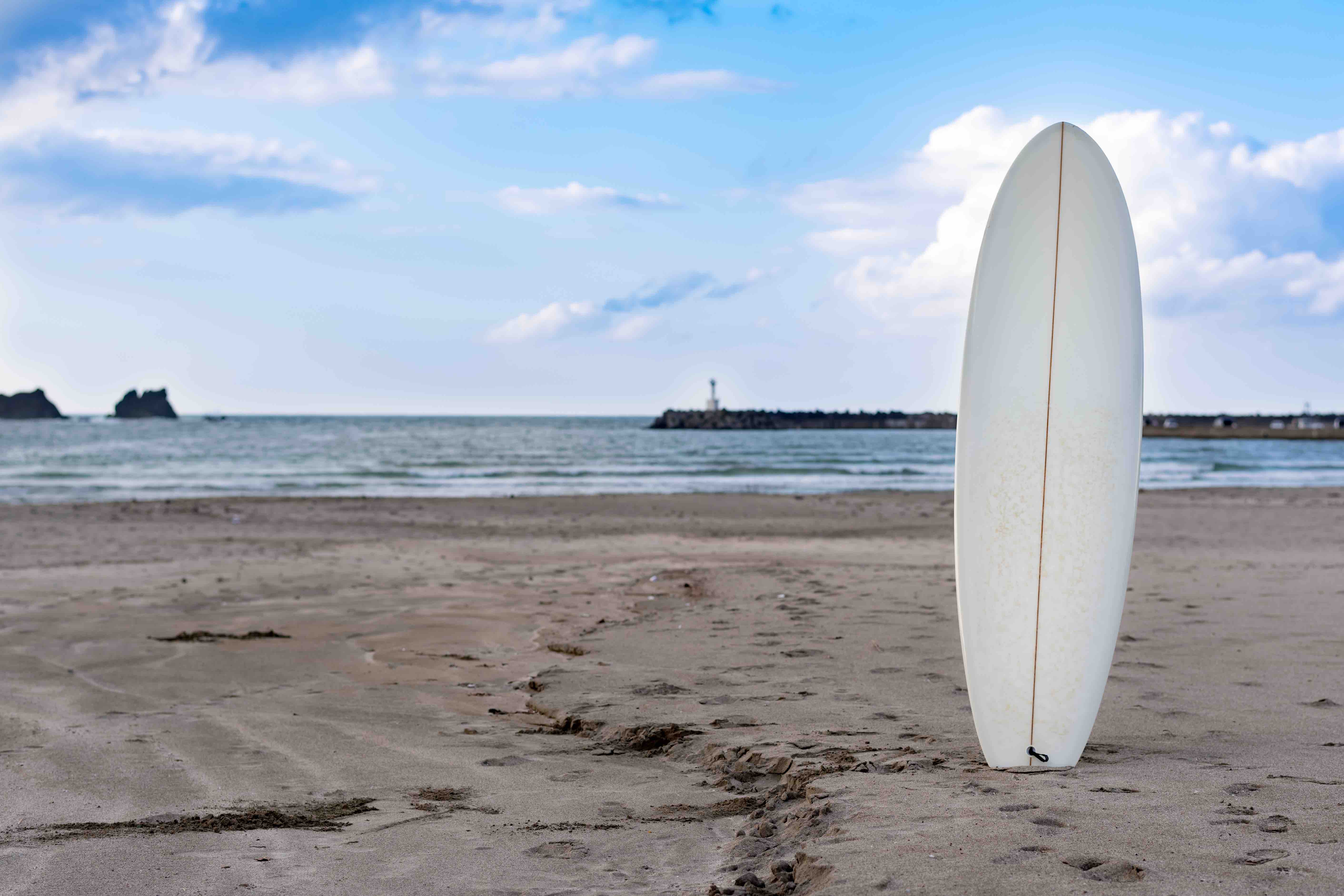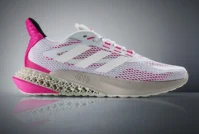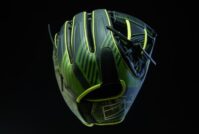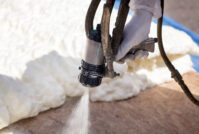look what we did!
Category: Athletics
How the Polyurethane Surfboard Got to be King of the Beach
Did you know that polyurethane helped popularize and bring surfing into the mainstream in the 1950s?
So the story goes: after World War II, interest in surfing was on the rise in the United States. However, boards back then were made from wood and were often too clunky and cumbersome.
It took a polyurethane redesign of surfboards in 1955 for the sport to really take off. A surfer named Lorrin Harrison saw the potential for polyurethane, a relatively new substance at the time, to make boards stronger, faster and lighter than ever.
Today, most polyurethane surfboards are made in the same way Harrison made the very first one. Creation of a typical surfboard starts with a polyurethane model known as a blank. A professional craftsman, known as a surfboard shaper, physically sculpts the blank to the desired shape and size of the rider for whom the board is intended. The length, the width and even the thickness of the board are all determined by the weight, height and skill level of the rider. Even the wave conditions the board will be used in factor into the final shape of the design.
In addition to its durability, lightness and buoyancy, polyurethane tends to be the material of choice for board makers because of its responsiveness and ease of use in the design process. To shape a polyurethane blank, a shaper need only use a bit of sandpaper and elbow grease to pare the blank down to its final form. Making sure the angles are perfect, the symmetries are correct and the length of the board is just right are all in the hands of these master craftsmen — many of whom have honed their skills over a years or decades.
After shaping, once the final design of the polyurethane blank has been achieved, the board shaper wraps the final product in a fiberglass finish to make the board stronger, give it a smooth finish and keep the polyurethane core of the board from getting waterlogged.
While there are more options for surfboards than ever before, purists still swear by the polyurethane kind. For experienced riders, these boards have better flex, give and predictability in the water. In addition, polyurethane boards can be fixed relatively easily with readily available materials.
Since their inception more than 65 years ago, polyurethane boards have been at the epicenter of the surfing world and continue to dominate the sport, even as new technologies arise. With good reason, the vast majority of the boards in the water today — some estimates put the percentage as high as 70 percent — are made from polyurethane.

























